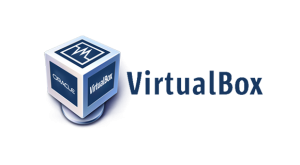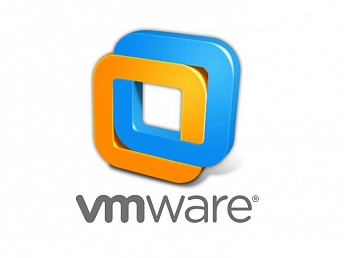Free Virtualization Software for Windows
What are the benefits of virtualization?
1) Save on costs
As you are able to use one piece of hardware to run several operating systems, you are saving significant money on hardware. Not only this but your carbon footprint is reduced, so you are saving money when it comes to electricity bills. Being able to fit multiple operating systems on one physical device allows you to share resources such as CPU and memory accurately and efficiently. Thanks to the fact that virtual operating systems are easily backed up and restore, you will also make significant savings on labour costs when it comes to rolling out prebuilt images and restoring backups
2) Increase productivity
Having the ability to spin up multiple operating systems quickly on a single machine allows IT admins to be more productive, test environments and not spend time installing/reinstalling and swapping out physical hardware to work on projects or test environments. Using virtualization allows you to be more agile and efficient as a business as you are able to do more with less.
3) Increased uptime
Virtualization allows for snapshots of operating systems and therefore production environments can be restored much quicker than on a traditional single server installation. Software such as VMWare’s vMotion, DRS and VMware high availability (VMHA) all result in servers remaining online longer and aim at minimising downtime.
4) Cloud virtualization
Thanks to the developments and progression in virtualization software, service provides like Amazon AWS and Microsoft Azure exist, which allow you to manage virtual servers on the internet. Cloud virtualization is now the most popular way of running high performance/high availability production environments. It is also very cost effective for businesses as most cloud virtualization providers charge based on ‘instance uptime/boot time’, so if you don’t need an environment running 24/7 you can simply choose to schedule when the device is powered on to save on costs.
5) Virtual labs
Being able to create images allows one to test environments and plan upgrades/migrations before committing changes to production environments. This can help IT admins eliminate potential mistakes prior to making production environment changes that could cost money should something go wrong. Complex setups involving Exchange, Active Directory or other critical infrastructure services can be tested, planned and then finally pushed out live, knowing all will work as tested on the virtual environment.

Free Virtualization Software for Windows
1) VirtualBox 5
Virtual box is owned by Oracle, and is one of the most popular virtualization software packages.
What features and benefits does Virtualbox have?
- Automatic Boot of Virtual Machines when the guest operating system starts
- Supports 36 virtual network cards
- Network bandwidth controls
- VLAN tagging for easier network management
- Windows 10 support
- VM Grouping, allowing management of Virtual Machines into groups
- Virtualbox supports many different types of image files, far more than VMware
2) VMware vSphere Hypervisor
- Easy to upgrade via license files for more advanced features such as vSphere
- A lot of applications bundled into free version which you can upgrade later
- Good reputation, VMware has been in the virtualization game a long time
- Lot’s of websites where you can get support for free due to its long life
- Advanced Distributed Power Management (DPM), to save you money
- VMware snapshot manager makes backing up easy
- Resource scheduling and high availability tools are some of the best
3) Microsoft Hyper-V for Windows 10
- Advanced memory allocation
- Simple to use and import ISO or other image files into Windows 10
- Hyper-V Manager allows easy management of images
- Dynamic resize of VMs
- Quick Create VM wizard


